The Importance of Healthcare Cybersecurity
Understanding the Significance of Cybersecurity in Healthcare
Cybersecurity plays a critical role in the healthcare sector, where sensitive patient information and operational data are at risk. As healthcare systems increasingly rely on digital technologies, the need for robust cybersecurity measures becomes paramount. Effective cybersecurity protects patient privacy, ensures the integrity of medical records, and maintains the availability of healthcare services.
Healthcare organizations must prioritize cybersecurity to safeguard against data breaches, which can lead to significant financial losses and damage to reputation. The implementation of strong cybersecurity protocols not only protects patient data but also enhances trust between healthcare providers and patients.
| Importance of Cybersecurity | Description |
|---|---|
| Protects Patient Data | Safeguards sensitive information from unauthorized access. |
| Ensures Compliance | Helps organizations meet regulatory requirements. |
| Maintains Trust | Builds confidence among patients regarding data safety. |
| Prevents Financial Loss | Reduces the risk of costly data breaches. |
Risks Associated with Cyber Threats in Private Healthcare
Private healthcare providers face numerous cyber threats that can compromise their systems and patient data. These threats include ransomware attacks, phishing schemes, and insider threats. Understanding these risks is essential for developing effective cybersecurity strategies.
Ransomware attacks can lock healthcare providers out of their systems, demanding payment for access. Phishing schemes often trick employees into revealing sensitive information, while insider threats can arise from disgruntled employees or unintentional mistakes.
The following table outlines common cyber threats faced by private healthcare organizations:
| Cyber Threat | Description | Potential Impact |
|---|---|---|
| Ransomware | Malicious software that encrypts data, demanding ransom for decryption. | Loss of access to critical data, financial loss. |
| Phishing | Deceptive emails or messages that trick users into providing sensitive information. | Data breaches, identity theft. |
| Insider Threats | Risks posed by employees, either maliciously or accidentally. | Data leaks, operational disruptions. |
By recognizing these risks, private healthcare organizations can take proactive measures to enhance their cybersecurity posture. For more insights on the evolving landscape of cybersecurity, refer to our article on healthcare industry trends.
Current Cybersecurity Landscape
The current cybersecurity landscape in private healthcare is shaped by various measures and challenges. Understanding these elements is crucial for young professionals considering a career in this sector.
Overview of Existing Cybersecurity Measures in Private Healthcare
Private healthcare organizations have implemented several cybersecurity measures to protect sensitive patient data and maintain compliance with regulations. These measures include:
| Cybersecurity Measure | Description |
|---|---|
| Firewalls | Used to block unauthorized access to networks and systems. |
| Encryption | Protects data by converting it into a secure format that can only be read with a decryption key. |
| Intrusion Detection Systems (IDS) | Monitors network traffic for suspicious activity and alerts administrators. |
| Regular Software Updates | Ensures that systems are protected against known vulnerabilities. |
| Access Controls | Limits access to sensitive information based on user roles. |
These measures are essential in safeguarding patient information and ensuring the integrity of healthcare systems. For more insights on the evolving landscape, refer to our article on healthcare technology trends.
Common Vulnerabilities and Threats
Despite the existing measures, private healthcare organizations face numerous vulnerabilities and threats. Understanding these risks is vital for developing effective cybersecurity strategies.
| Vulnerability/Threat | Description |
|---|---|
| Phishing Attacks | Cybercriminals use deceptive emails to trick employees into revealing sensitive information. |
| Ransomware | Malicious software that encrypts data, demanding payment for decryption. |
| Insider Threats | Employees or contractors who misuse their access to sensitive information. |
| Unpatched Software | Outdated software can be exploited by attackers to gain unauthorized access. |
| Weak Passwords | Easily guessable passwords can lead to unauthorized access to systems. |
Addressing these vulnerabilities requires ongoing training and awareness programs for staff. For more information on emerging threats, check out our article on emerging trends in healthcare industry.
By understanding the current cybersecurity landscape, young professionals can better prepare for the challenges and opportunities that lie ahead in the private healthcare sector.
Emerging Trends in Healthcare Cybersecurity
As the healthcare sector continues to evolve, so do the cybersecurity challenges it faces. Emerging technologies are playing a significant role in shaping the future of healthcare cybersecurity. This section explores two key trends: the use of artificial intelligence and machine learning, and the implementation of blockchain technology for secure data management.
Artificial Intelligence and Machine Learning in Cybersecurity
Artificial intelligence (AI) and machine learning (ML) are becoming essential tools in the fight against cyber threats in healthcare. These technologies can analyze vast amounts of data to identify patterns and detect anomalies that may indicate a security breach. By automating threat detection, AI and ML can significantly reduce response times and enhance the overall security posture of healthcare organizations.
The integration of AI and ML in cybersecurity can lead to:
| Benefit | Description |
|---|---|
| Enhanced Threat Detection | AI algorithms can identify unusual behavior in real-time, allowing for quicker responses to potential threats. |
| Predictive Analytics | Machine learning models can predict future attacks based on historical data, enabling proactive measures. |
| Reduced Human Error | Automation minimizes the risk of mistakes made by human operators during security monitoring. |
Healthcare organizations are increasingly adopting these technologies to strengthen their defenses against cyberattacks. For more insights on the latest advancements in the healthcare sector, refer to our article on healthcare technology trends.
Blockchain Technology for Secure Data Management
Blockchain technology is gaining traction in healthcare cybersecurity due to its ability to provide secure and transparent data management. By creating a decentralized ledger, blockchain ensures that patient data is stored securely and can only be accessed by authorized individuals. This technology enhances data integrity and reduces the risk of unauthorized access.
Key advantages of using blockchain in healthcare include:
| Advantage | Description |
|---|---|
| Improved Data Security | Blockchain’s encryption and decentralized nature make it difficult for hackers to alter or access sensitive information. |
| Enhanced Patient Control | Patients can have greater control over their data, deciding who can access their information. |
| Streamlined Processes | Blockchain can simplify data sharing between healthcare providers, improving collaboration and efficiency. |
The adoption of blockchain technology is expected to grow as healthcare organizations seek to enhance their cybersecurity measures. For further exploration of emerging trends in the healthcare industry, check out our article on emerging trends in healthcare industry.
These trends highlight the ongoing evolution of cybersecurity in healthcare, emphasizing the need for young professionals to stay informed about the latest developments in the field.
Regulatory Compliance and Data Protection
In the realm of healthcare cybersecurity, regulatory compliance and data protection are paramount. Young professionals considering a career in private healthcare must understand the implications of regulations such as HIPAA and GDPR on data security practices.
HIPAA Compliance and Data Security
The Health Insurance Portability and Accountability Act (HIPAA) establishes national standards for the protection of sensitive patient information. Compliance with HIPAA is essential for healthcare providers to ensure the confidentiality, integrity, and availability of electronic protected health information (ePHI).
Key components of HIPAA compliance include:
| Requirement | Description |
|---|---|
| Privacy Rule | Establishes standards for the protection of health information. |
| Security Rule | Sets standards for safeguarding ePHI through administrative, physical, and technical safeguards. |
| Breach Notification Rule | Requires covered entities to notify individuals of breaches of unsecured ePHI. |
Failure to comply with HIPAA can result in significant penalties, including fines and reputational damage. Therefore, healthcare organizations must implement robust cybersecurity measures to protect patient data and maintain compliance.
GDPR Implications for Private Healthcare Providers
The General Data Protection Regulation (GDPR) is a comprehensive data protection law that applies to organizations operating within the European Union (EU) and those outside the EU that process the personal data of EU residents. For private healthcare providers, GDPR compliance is critical, especially when handling patient data.
Key aspects of GDPR relevant to healthcare include:
| Requirement | Description |
|---|---|
| Data Protection by Design | Organizations must integrate data protection measures into their processing activities. |
| Consent | Patients must provide explicit consent for their data to be processed. |
| Right to Access | Patients have the right to access their personal data and request corrections. |
Non-compliance with GDPR can lead to severe penalties, including fines of up to 4% of annual global revenue. Private healthcare providers must prioritize data protection strategies to ensure compliance with GDPR while safeguarding patient information.
Understanding these regulatory frameworks is essential for young professionals in private healthcare. By staying informed about healthcare compliance trends and implementing effective data protection measures, they can contribute to a secure healthcare environment.
Future Challenges and Opportunities
As the healthcare sector continues to evolve, it faces significant challenges and opportunities in the realm of cybersecurity. Two critical areas of focus are balancing accessibility and security, and addressing the skills gap in healthcare cybersecurity.
Balancing Accessibility and Security in Healthcare
In the pursuit of improved patient care, healthcare providers are increasingly adopting digital solutions. While these innovations enhance accessibility, they also introduce new cybersecurity risks. Striking a balance between providing easy access to healthcare services and ensuring robust security measures is essential.
Healthcare organizations must implement user-friendly security protocols that do not hinder patient access. This includes utilizing secure patient portals and telehealth services while ensuring that sensitive data remains protected. The following table outlines common accessibility features and their associated security measures:
| Accessibility Feature | Security Measure |
|---|---|
| Patient Portals | Multi-Factor Authentication |
| Telehealth Services | End-to-End Encryption |
| Mobile Health Apps | Regular Security Updates |
By integrating security measures into accessible platforms, healthcare providers can enhance patient experience while safeguarding sensitive information. For more insights on the latest trends in healthcare, refer to our article on healthcare industry trends.
Addressing the Skills Gap in Healthcare Cybersecurity
The rapid advancement of technology in healthcare has created a pressing need for skilled cybersecurity professionals. However, there is a notable skills gap in the industry, making it challenging for organizations to find qualified personnel to manage cybersecurity threats effectively.
To address this gap, healthcare organizations must invest in training and development programs for existing staff. This includes offering workshops, certifications, and continuous education on the latest cybersecurity practices. The following table highlights key areas where training can be beneficial:
| Training Area | Importance |
|---|---|
| Cybersecurity Fundamentals | Understanding basic principles of security |
| Threat Detection | Identifying potential cyber threats early |
| Incident Response | Effectively responding to security breaches |
By prioritizing workforce development, healthcare organizations can build a more resilient cybersecurity framework. For further exploration of workforce trends in healthcare, check out our article on healthcare workforce trends.
These challenges and opportunities will shape the future of healthcare cybersecurity, influencing how organizations protect sensitive data while ensuring patient accessibility.
Strategies for Enhancing Healthcare Cybersecurity
As the healthcare sector continues to evolve, implementing effective strategies to bolster cybersecurity is essential. Young professionals considering a career in private healthcare should be aware of the following key strategies to enhance cybersecurity measures.
Employee Training and Awareness Programs
One of the most effective ways to improve cybersecurity is through comprehensive employee training and awareness programs. These initiatives educate staff about potential cyber threats, safe online practices, and the importance of data protection. Regular training sessions can help employees recognize phishing attempts, malware, and other security risks.
| Training Component | Description |
|---|---|
| Cybersecurity Basics | Introduction to common threats and safe practices. |
| Phishing Awareness | Identifying and avoiding phishing scams. |
| Data Protection | Understanding the importance of safeguarding patient information. |
| Incident Response | Steps to take in the event of a security breach. |
Implementing these programs can significantly reduce the likelihood of human error, which is often a major factor in cybersecurity breaches. For more insights on the evolving landscape of cybersecurity, refer to our article on healthcare industry trends.
Implementing Multi-Factor Authentication
Multi-factor authentication (MFA) is a critical security measure that adds an extra layer of protection to sensitive data. By requiring users to provide two or more verification factors to gain access to systems, MFA helps prevent unauthorized access even if passwords are compromised.
| Authentication Factor | Description |
|---|---|
| Something You Know | Password or PIN. |
| Something You Have | Security token or mobile device. |
| Something You Are | Biometric verification (fingerprint, facial recognition). |
Adopting MFA can significantly enhance the security of healthcare systems and protect patient data from cyber threats. For further information on the latest technology trends in healthcare, check out our article on healthcare technology trends.
Regular Security Audits and Updates
Conducting regular security audits and updates is essential for maintaining a robust cybersecurity posture. These audits help identify vulnerabilities within the system and ensure that all software and hardware are up to date with the latest security patches.
| Audit Component | Frequency |
|---|---|
| System Vulnerability Assessment | Quarterly |
| Software Updates | Monthly |
| Security Policy Review | Annually |
By staying proactive in addressing potential security gaps, healthcare organizations can better protect themselves against evolving cyber threats. For more on emerging trends in the healthcare sector, explore our article on emerging trends in healthcare industry.
Implementing these strategies can significantly enhance the cybersecurity framework within private healthcare settings, ensuring the safety and confidentiality of patient information.


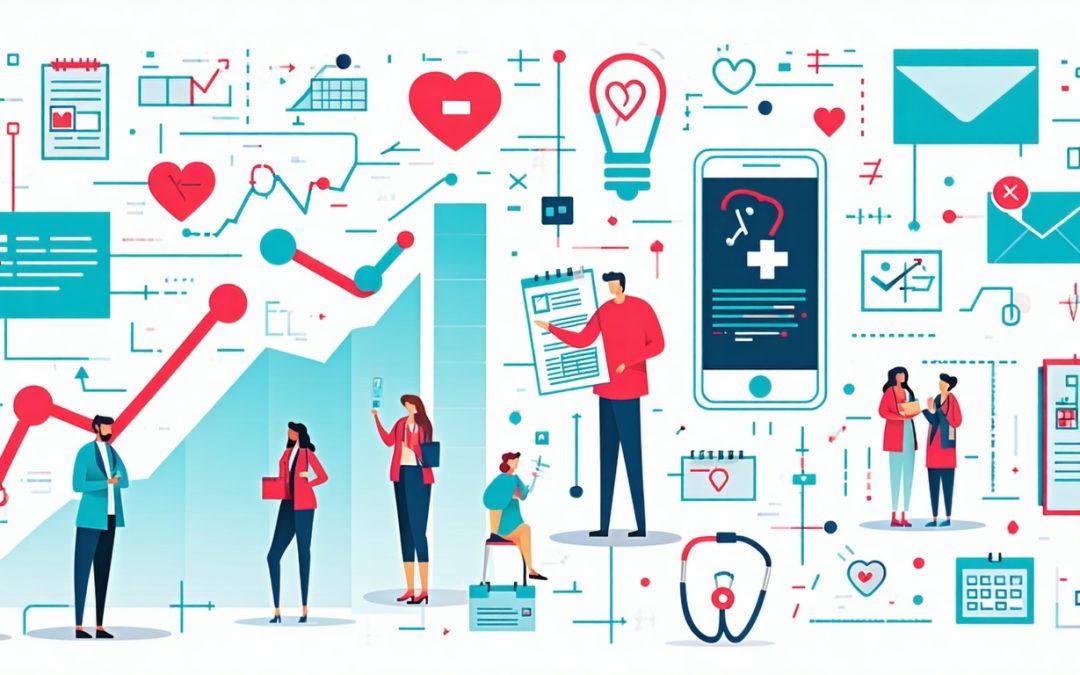
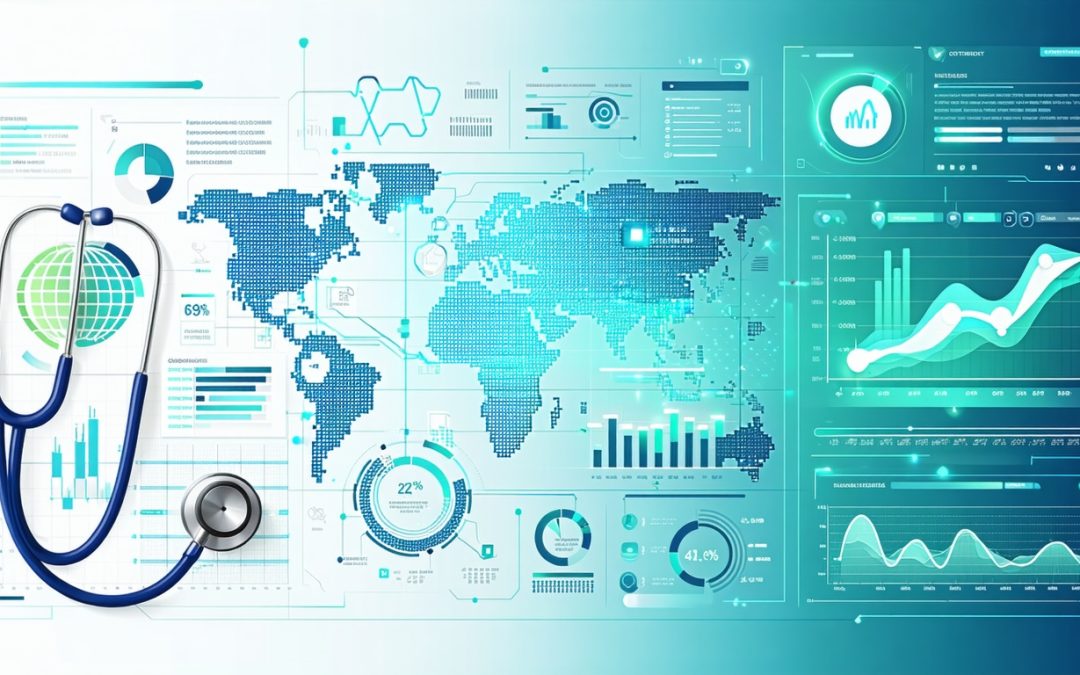
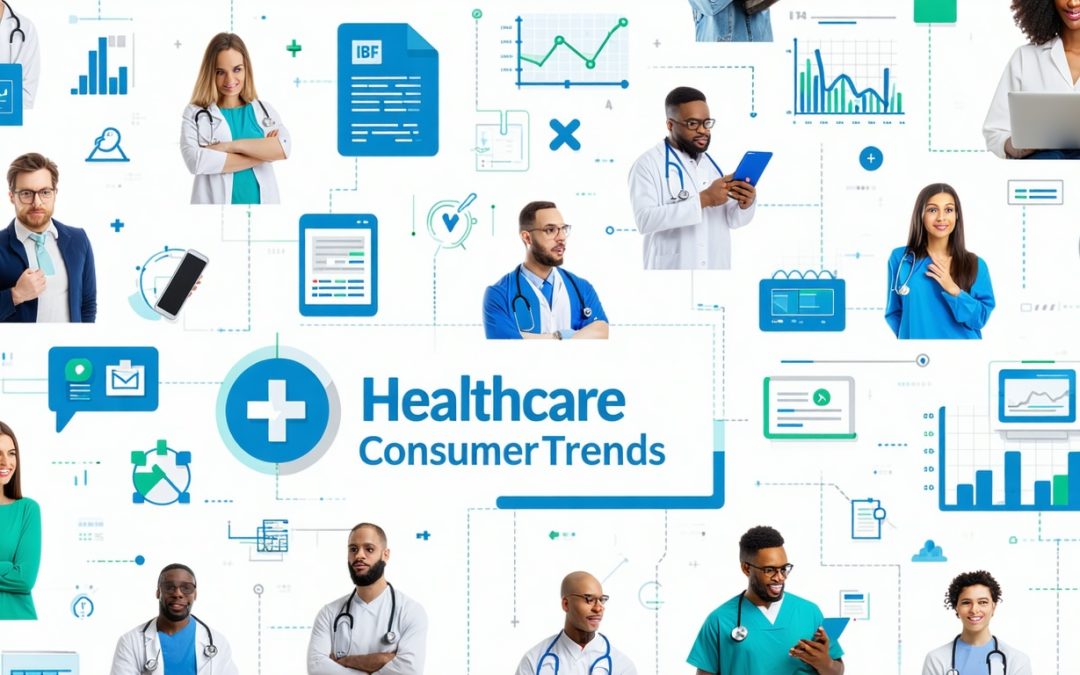
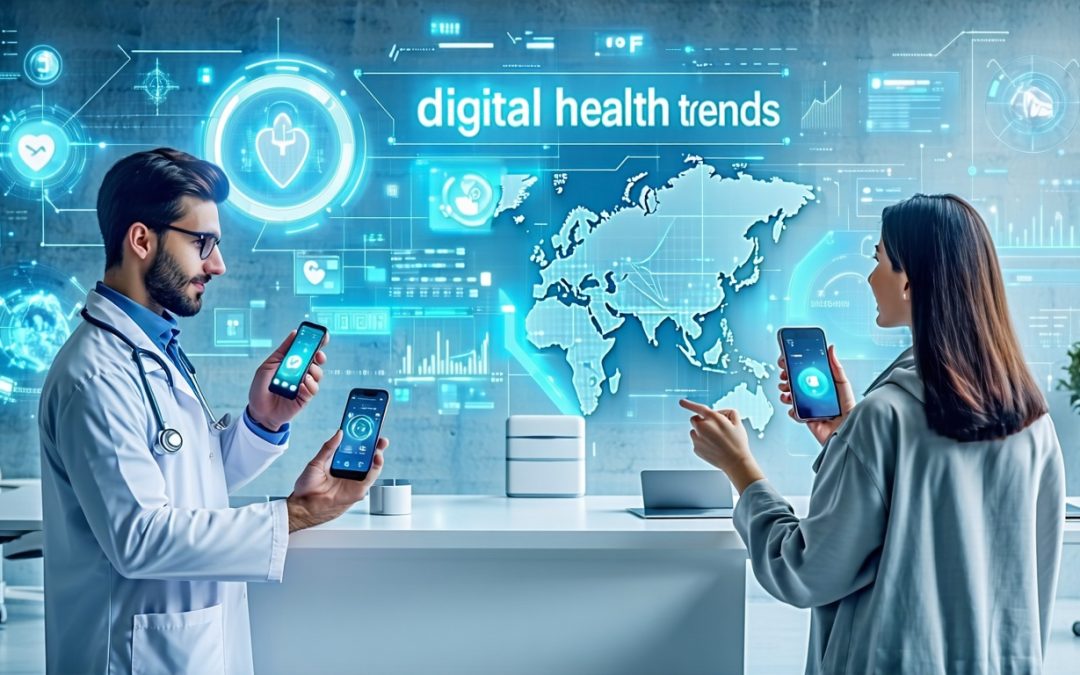
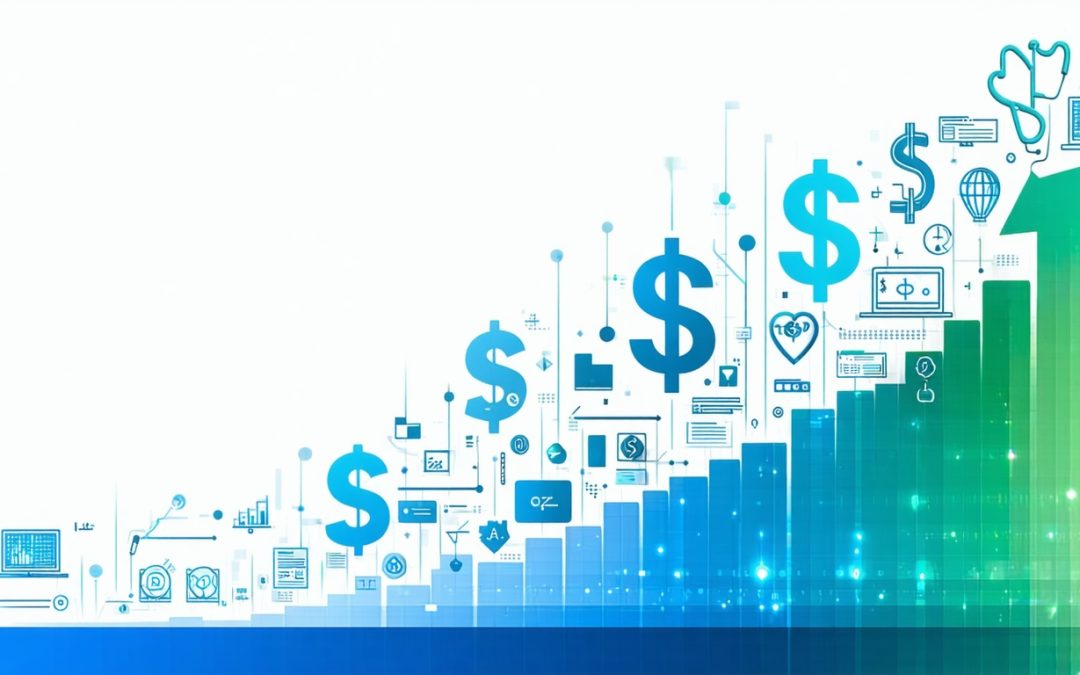





0 Comments